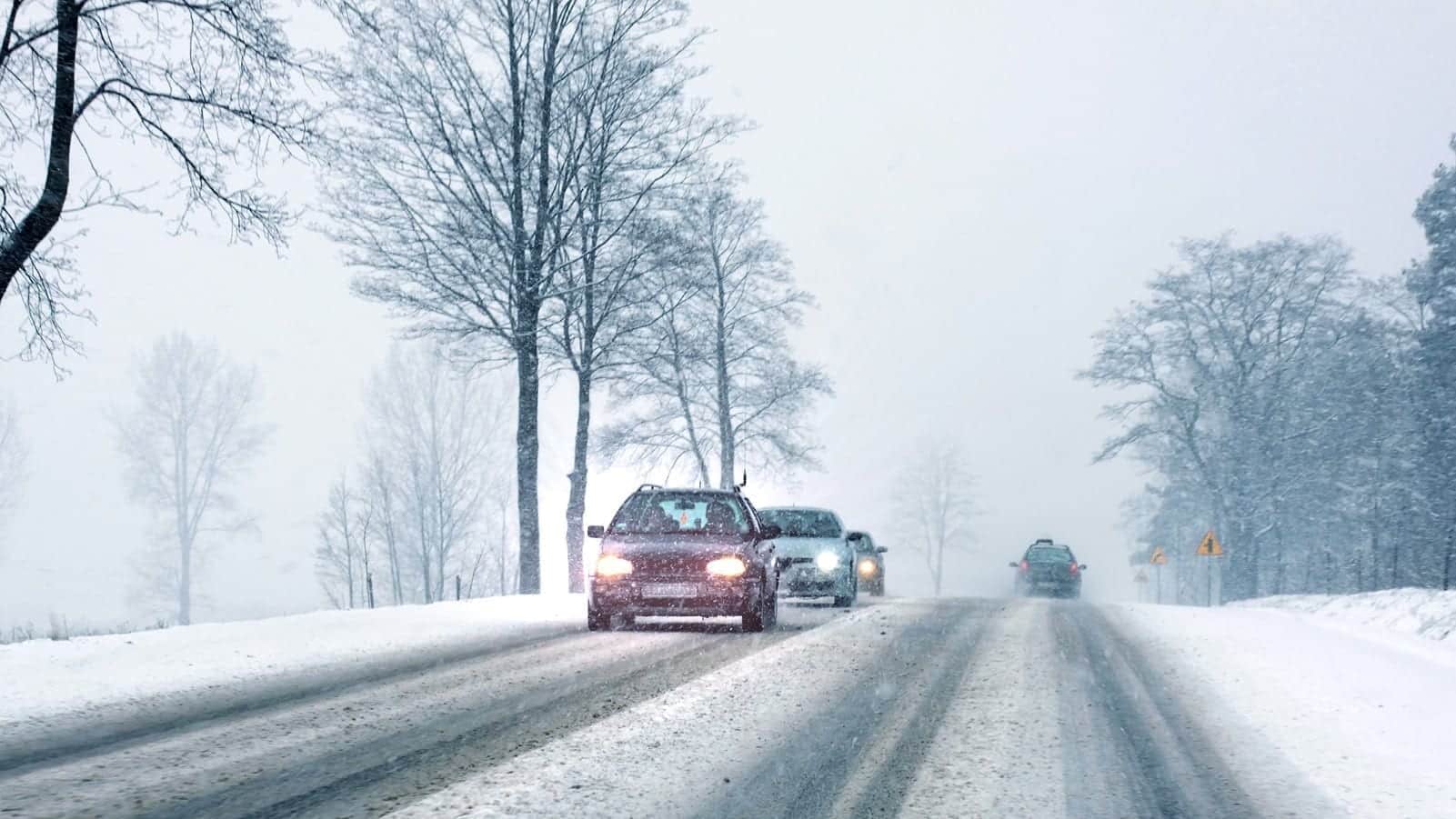Winter is rearing its ugly head, and Massachusetts residents will be surrounded by snow before we know it. Traveling in snow increases the likelihood that you will be involved in a car accident, which is why it is particularly important to practice safe driving habits in the winter. Safe snow travel means taking extra time and being extremely cautious. Use the following tips to drive safely in the snow to avoid accidents and asking a car accident attorney for help with a legal claim.
Ensure that your vehicle is working properly before you get in the car.
Being stranded in a broken down vehicle is the last thing that you want on a cold winter’s night in Massachusetts. Many drivers can avoid this type of situation by ensuring that their car is mechanically sound before they hit the road. The battery is critical in the winter. Get your battery tested before the snow hits, if possible. You should also be sure to check lights, heating systems, ignition systems, and tires. Regular brake checks and exhaust system checks are also important. Whether your windshield wipers are working is vital during the winter. You should also be sure that you have a set of jumper cables in the car. Fill up with gas; in the winter, your tank should not go below one-quarter if possible.
Know how to drive on hills.
Hills can be particularly treacherous in the winter. Do not apply extra gas on snow-covered roads because that will just trigger wheel spinning. Instead, try to get inertia before heading up the hill, so you do not have to apply the gas. You should also try to avoid stopping on a hill as well. It is difficult to start moving again, and there is a possibility that you’ll slide back down.
Practice safe winter driving habits.
Your driving should change in the winter. You should accelerate and decelerate gradually to ensure that you have traction at all times. Slamming on the gas will only encourage tire spinning. You may also need extra time to stop on icy roads. Be sure to give yourself, even more, distance between you and the car in front of you as well. You should simply accept that you’ll have to drive slower in the winter while doing everything—turning, stopping, and accelerating. That may mean you will have to wake up a bit earlier to get to work!
Create winter safety kit for your vehicle.
If you do become stranded, you should have access to emergency supplies. These supplies should include a flashlight, emergency signaling equipment, a fire extinguisher, blankets or extra clothing, extra food, and water. You should also have a fully supplied first aid kit. A small snow shovel, ice scraper, and extra window washer fluid may also be helpful. These provisions are particularly important if you’re going on a long road trip.
Winter accidents are sometimes inevitable, even if you drive very carefully. If you are involved in a winter time accident, contact Jim Glaser Law today at 781-689-2277 or fill out our online form to request a free case evaluation.

















